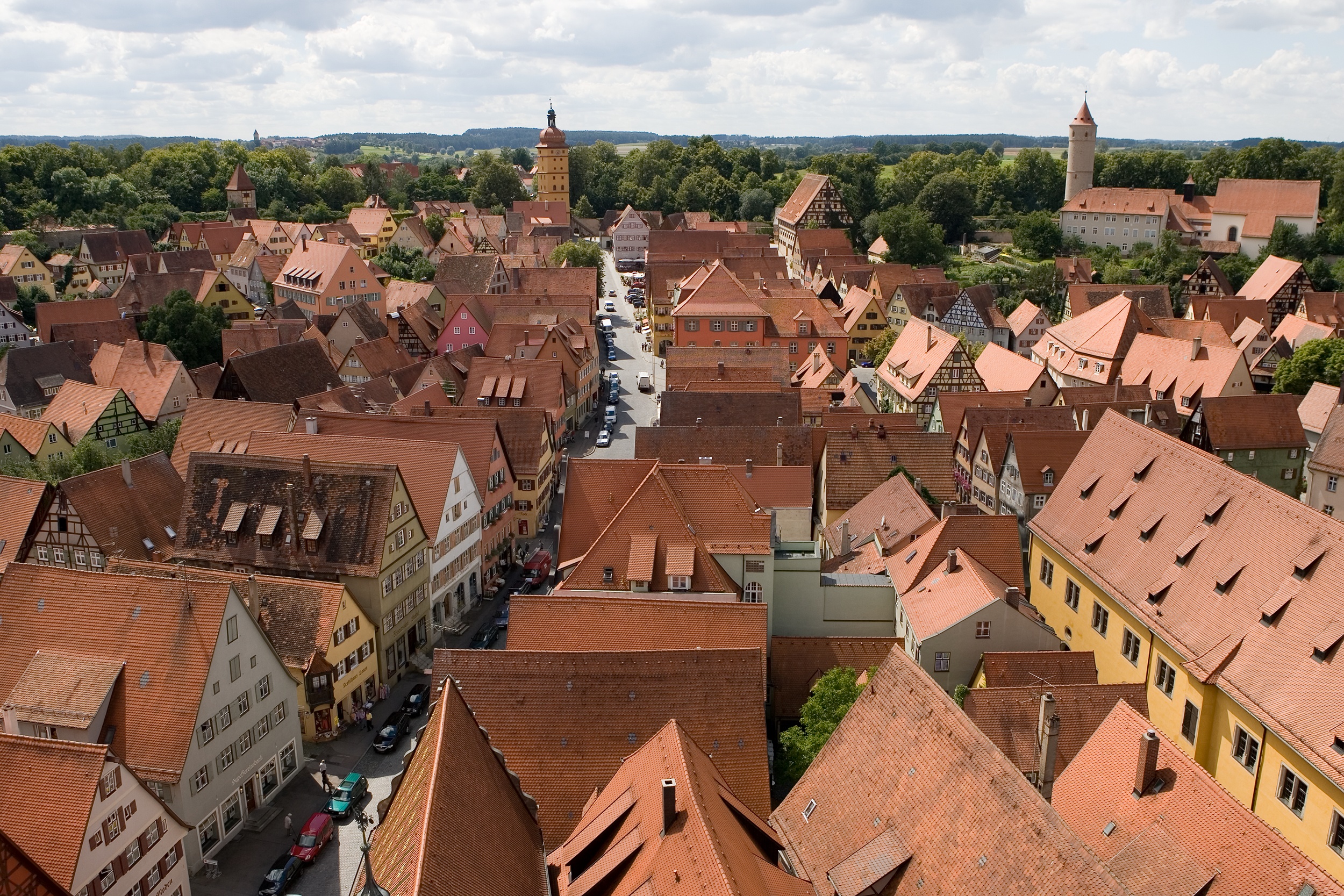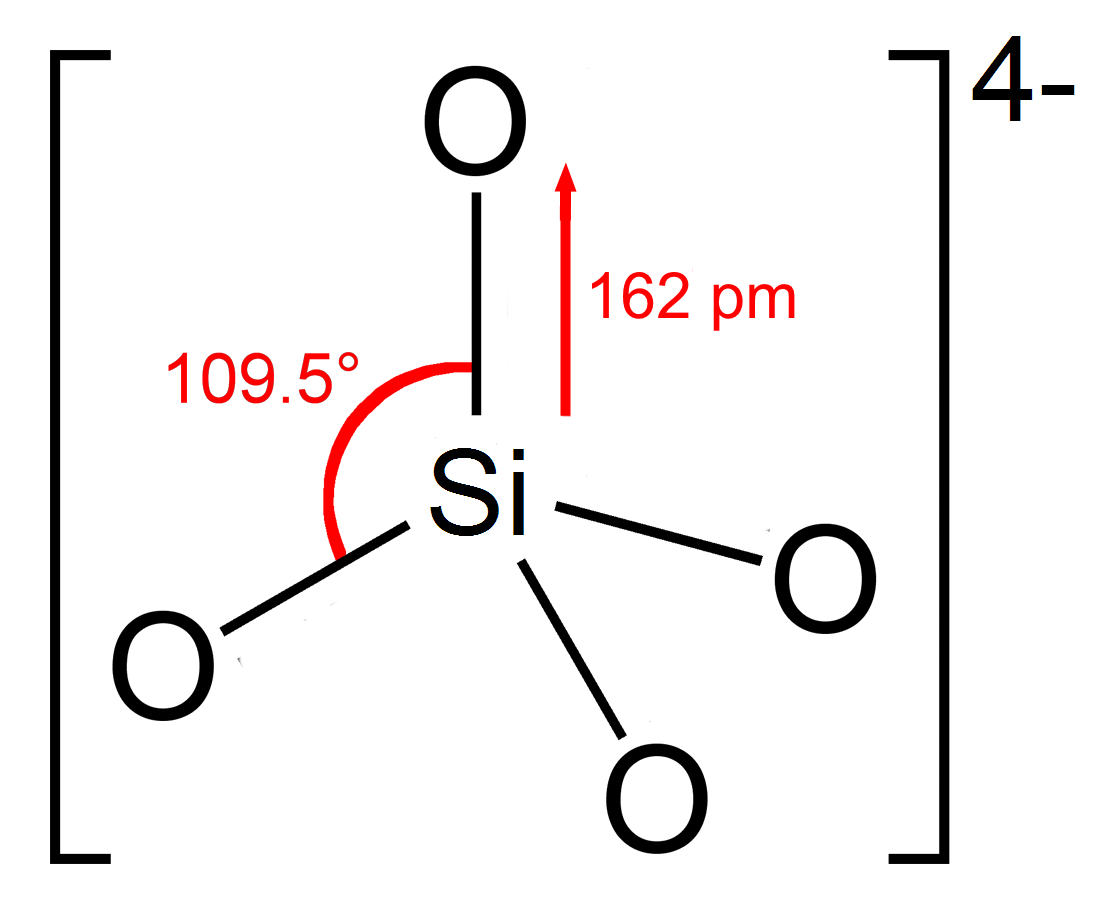|
Zinc Chloride Hydroxide Monohydrate
Zinc chloride hydroxide monohydrate or more accurately pentazinc dichloride octahydroxide monohydrate is a zinc hydroxy compound with chemical formula . It is often referred to as tetrabasic zinc chloride (TBZC), basic zinc chloride, zinc hydroxychloride, or zinc oxychloride. It is a colorless crystalline solid insoluble in water. Its naturally occurring form, simonkolleite, has been shown to be a desirable nutritional supplement for animals. Natural occurrence The naturally occurring mineral form, ''simonkolleite,'' was described as a new mineral in 1985 for samples collected at Richelsdorf, Germany. It is a rare secondary mineral formed by weathering of zinc-bearing slag, and is associated with native zinc, hydrocerussite, diaboleite, zincite and hydrozincite. It is named after Werner Simon and Kurt Kolle, Mineral collectors of Cornberg, near Michelsdorf who submitted the samples for investigation. Simonkolleite is frequently found as a corrosion product of Zinc bearing metals.H ... [...More Info...] [...Related Items...] OR: [Wikipedia] [Google] [Baidu] |
Crystal Structure
In crystallography, crystal structure is a description of ordered arrangement of atoms, ions, or molecules in a crystalline material. Ordered structures occur from intrinsic nature of constituent particles to form symmetric patterns that repeat along the principal directions of three-dimensional space in matter. The smallest group of particles in a material that constitutes this repeating pattern is the unit cell of the structure. The unit cell completely reflects the symmetry and structure of the entire crystal, which is built up by repetitive translation of the unit cell along its principal axes. The translation vectors define the nodes of the Bravais lattice. The lengths of principal axes/edges, of the unit cell and angles between them are lattice constants, also called ''lattice parameters'' or ''cell parameters''. The symmetry properties of a crystal are described by the concept of space groups. All possible symmetric arrangements of particles in three-dimensional space ... [...More Info...] [...Related Items...] OR: [Wikipedia] [Google] [Baidu] |
Sodium Hydroxide
Sodium hydroxide, also known as lye and caustic soda, is an inorganic compound with the formula . It is a white solid ionic compound consisting of sodium cations and hydroxide anions . Sodium hydroxide is a highly corrosive base (chemistry), base and alkali that decomposes lipids and proteins at ambient temperatures and at high concentrations may cause severe chemical burns. It is highly soluble in water, and readily absorbs moisture and carbon dioxide from the air. It forms a series of hydrates . The monohydrate crystallizes from water solutions between 12.3 and 61.8 °C. The commercially available "sodium hydroxide" is often this monohydrate, and published data may refer to it instead of the anhydrous compound. As one of the simplest hydroxides, sodium hydroxide is frequently used alongside neutral water and acidic hydrochloric acid to demonstrate the pH scale to chemistry students. Sodium hydroxide is used in many industries: in the making of wood pulp and paper, tex ... [...More Info...] [...Related Items...] OR: [Wikipedia] [Google] [Baidu] |
Roofing Tiles
Roof tiles are overlapping tiles designed mainly to keep out precipitation such as rain or snow, and are traditionally made from locally available materials such as clay or slate. Later tiles have been made from materials such as concrete, glass, and plastic. Roof tiles can be affixed by screws or nails, but in some cases historic designs utilize interlocking systems that are self-supporting. Tiles typically cover an underlayment system, which seals the roof against water intrusion. Categories There are numerous profiles, or patterns, of roof tile, which can be separated into categories based on their installation and design. Shingle / flat tiles One of the simplest designs of roof tile, these are simple overlapping slabs installed in the same manner as traditional shingles, usually held in place by nails or screws at their top. All forms of slate tile fall into this category. When installed, most of an individual shingle's surface area will be covered by the shingles overl ... [...More Info...] [...Related Items...] OR: [Wikipedia] [Google] [Baidu] |
Concrete
Concrete is a composite material composed of aggregate bound together with a fluid cement that cures to a solid over time. It is the second-most-used substance (after water), the most–widely used building material, and the most-manufactured material in the world. When aggregate is mixed with dry Portland cement and water, the mixture forms a fluid slurry that can be poured and molded into shape. The cement reacts with the water through a process called hydration, which hardens it after several hours to form a solid matrix that binds the materials together into a durable stone-like material with various uses. This time allows concrete to not only be cast in forms, but also to have a variety of tooled processes performed. The hydration process is exothermic, which means that ambient temperature plays a significant role in how long it takes concrete to set. Often, additives (such as pozzolans or superplasticizers) are included in the mixture to improve the physical prop ... [...More Info...] [...Related Items...] OR: [Wikipedia] [Google] [Baidu] |
Algae
Algae ( , ; : alga ) is an informal term for any organisms of a large and diverse group of photosynthesis, photosynthetic organisms that are not plants, and includes species from multiple distinct clades. Such organisms range from unicellular microalgae, such as cyanobacteria, ''Chlorella'', and diatoms, to multicellular macroalgae such as kelp or brown algae which may grow up to in length. Most algae are aquatic organisms and lack many of the distinct cell and tissue types, such as stomata, xylem, and phloem that are found in embryophyte, land plants. The largest and most complex marine algae are called seaweeds. In contrast, the most complex freshwater forms are the Charophyta, a Division (taxonomy), division of green algae which includes, for example, ''Spirogyra'' and stoneworts. Algae that are carried passively by water are plankton, specifically phytoplankton. Algae constitute a Polyphyly, polyphyletic group because they do not include a common ancestor, and although Eu ... [...More Info...] [...Related Items...] OR: [Wikipedia] [Google] [Baidu] |
Silicate
A silicate is any member of a family of polyatomic anions consisting of silicon and oxygen, usually with the general formula , where . The family includes orthosilicate (), metasilicate (), and pyrosilicate (, ). The name is also used for any salt of such anions, such as sodium metasilicate; or any ester containing the corresponding chemical group, such as tetramethyl orthosilicate. The name "silicate" is sometimes extended to any anions containing silicon, even if they do not fit the general formula or contain other atoms besides oxygen; such as hexafluorosilicate . Most commonly, silicates are encountered as silicate minerals. For diverse manufacturing, technological, and artistic needs, silicates are versatile materials, both natural (such as granite, gravel, and garnet) and artificial (such as Portland cement, ceramics, glass, and waterglass). Structural principles In most silicates, a silicon atom occupies the center of an idealized tetrahedron whose cor ... [...More Info...] [...Related Items...] OR: [Wikipedia] [Google] [Baidu] |
Alkali Metal
The alkali metals consist of the chemical elements lithium (Li), sodium (Na), potassium (K),The symbols Na and K for sodium and potassium are derived from their Latin names, ''natrium'' and ''kalium''; these are still the origins of the names for the elements in some languages, such as German and Russian. rubidium (Rb), caesium (Cs), and francium (Fr). Together with hydrogen they constitute Group (periodic table)#Group names, group 1, which lies in the s-block of the periodic table. All alkali metals have their outermost electron in an s-orbital: this shared electron configuration results in their having very similar characteristic properties. Indeed, the alkali metals provide the best example of periodic trends, group trends in properties in the periodic table, with elements exhibiting well-characterised Homologous series, homologous behaviour. This family of elements is also known as the lithium family after its leading element. The alkali metals are all shiny, hardness, sof ... [...More Info...] [...Related Items...] OR: [Wikipedia] [Google] [Baidu] |
Chymotrypsin
Chymotrypsin (, chymotrypsins A and B, alpha-chymar ophth, avazyme, chymar, chymotest, enzeon, quimar, quimotrase, alpha-chymar, alpha-chymotrypsin A, alpha-chymotrypsin) is a digestive enzyme component of pancreatic juice acting in the duodenum, where it performs proteolysis, the breakdown of proteins and polypeptides. Chymotrypsin preferentially cleaves peptide amide bonds where the side chain of the amino acid N-terminal to the scissile amide bond (the P1 position) is a large hydrophobic amino acid ( tyrosine, tryptophan, and phenylalanine). These amino acids contain an aromatic ring in their side chain that fits into a hydrophobic pocket (the S1 position) of the enzyme. It is activated in the presence of trypsin. The hydrophobic and shape complementarity between the peptide substrate P1 side chain and the enzyme S1 binding cavity accounts for the substrate specificity of this enzyme. Chymotrypsin also hydrolyzes other amide bonds in peptides at slower rates, particularly th ... [...More Info...] [...Related Items...] OR: [Wikipedia] [Google] [Baidu] |
Trace Element
__NOTOC__ A trace element is a chemical element of a minute quantity, a trace amount, especially used in referring to a micronutrient, but is also used to refer to minor elements in the composition of a rock, or other chemical substance. In nutrition, trace elements are classified into two groups: essential trace elements, and non-essential trace elements. Essential trace elements are needed for many physiological and biochemical processes in both plants and animals. Not only do trace elements play a role in biological processes but they also serve as catalysts to engage in redox – oxidation and reduction mechanisms. Trace elements of some heavy metals have a biological role as essential micronutrients. Types The two types of trace element in biochemistry are classed as essential or non-essential. Essential trace elements An essential trace element is a dietary element, a mineral that is only needed in minute quantities for the proper growth, development, and physiology ... [...More Info...] [...Related Items...] OR: [Wikipedia] [Google] [Baidu] |
Crystallinity
Crystallinity refers to the degree of structural order in a solid. In a crystal, the atoms or molecules are arranged in a regular, periodic manner. The degree of crystallinity has a large influence on hardness, density, transparency and diffusion. In an ideal gas, the relative positions of the atoms or molecules are completely random. Amorphous materials, such as liquids and glasses, represent an intermediate case, having order over short distances (a few atomic or molecular spacings) but not over longer distances. Many materials, such as glass-ceramics and some polymers, can be prepared in such a way as to produce a mixture of crystalline and amorphous regions. In such cases, crystallinity is usually specified as a percentage of the volume of the material that is crystalline. Even within materials that are completely crystalline, however, the degree of structural perfection can vary. For instance, most metallic alloys are crystalline, but they usually comprise many independent ... [...More Info...] [...Related Items...] OR: [Wikipedia] [Google] [Baidu] |
Hour
An hour (symbol: h; also abbreviated hr) is a unit of time historically reckoned as of a day and defined contemporarily as exactly 3,600 seconds ( SI). There are 60 minutes in an hour, and 24 hours in a day. The hour was initially established in the ancient Near East as a variable measure of of the night or daytime. Such seasonal hours, also known as temporal hours or unequal hours, varied by season and latitude. Equal hours or equinoctial hours were taken as of the day as measured from noon to noon; the minor seasonal variations of this unit were eventually smoothed by making it of the mean solar day. Since this unit was not constant due to long term variations in the Earth's rotation, the hour was finally separated from the Earth's rotation and defined in terms of the atomic or physical second. It is a non-SI unit that is accepted for use with SI. In the modern metric system, one hour is defined as 3,600 atomic seconds. However, on rare occasions an hour may inc ... [...More Info...] [...Related Items...] OR: [Wikipedia] [Google] [Baidu] |
Nanometre
330px, Different lengths as in respect to the Molecule">molecular scale. The nanometre (international spelling as used by the International Bureau of Weights and Measures; SI symbol: nm), or nanometer (American spelling), is a unit of length in the International System of Units (SI), equal to one billionth ( short scale) or one thousand million (long scale) of a meter (0.000000001 m) and to 1000 picometres. One nanometre can be expressed in scientific notation as 1 × 10−9 m and as m. History The nanometre was formerly known as the "''millimicrometre''" – or, more commonly, the "''millimicron''" for short – since it is of a micrometer. It was often denoted by the symbol ''mμ'' or, more rarely, as ''μμ'' (however, ''μμ'' should refer to a ''millionth'' of a micron). Etymology The name combines the SI prefix '' nano-'' (from the Ancient Greek , ', "dwarf") with the parent unit name ''metre'' (from Greek , ', "unit of measurement"). ... [...More Info...] [...Related Items...] OR: [Wikipedia] [Google] [Baidu] |







